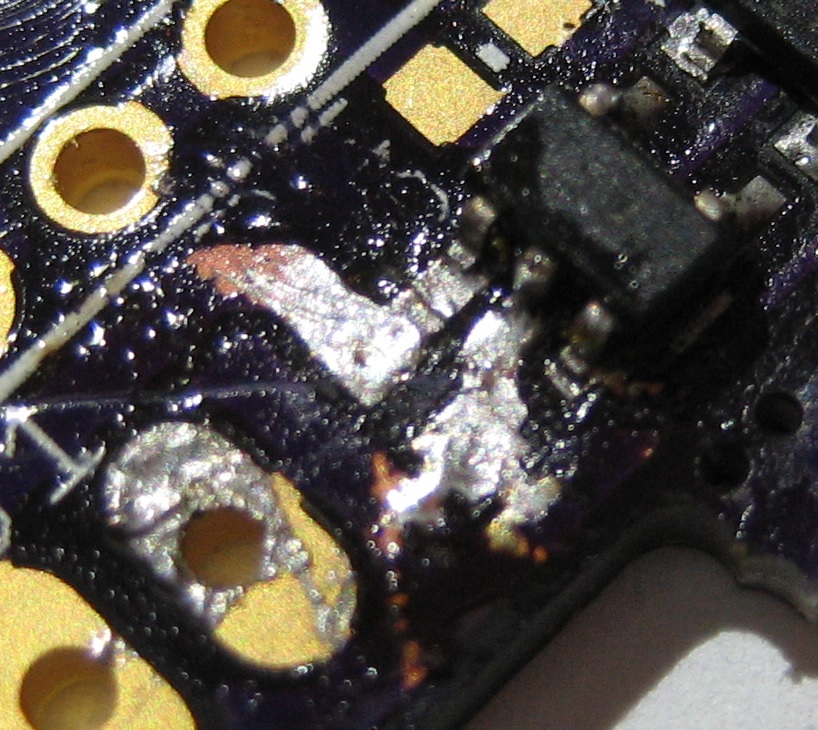- Joined
- Feb 3, 2012
- Messages
- 6,454
- Reaction score
- 5,800
It's not optimal, but if you don't need 100% range it may be OK. If you can keep the distance to at least 1/2 of the antenna length (about 1 5/8") then it shouldn't have much effect.
Hope RF has a good guideline document for antennas, it's applicable to just about any of the ISM band RF modules that you're going to see. Its at https://www.hoperf.com/upload/rf/ANTENNAS_MODULE.pdf
Hope RF has a good guideline document for antennas, it's applicable to just about any of the ISM band RF modules that you're going to see. Its at https://www.hoperf.com/upload/rf/ANTENNAS_MODULE.pdf
How far away? There are two 8" treaded rods that run the length of the AV bay, the clearance will only be 1 to 2 inches. Is that enough?
TA







